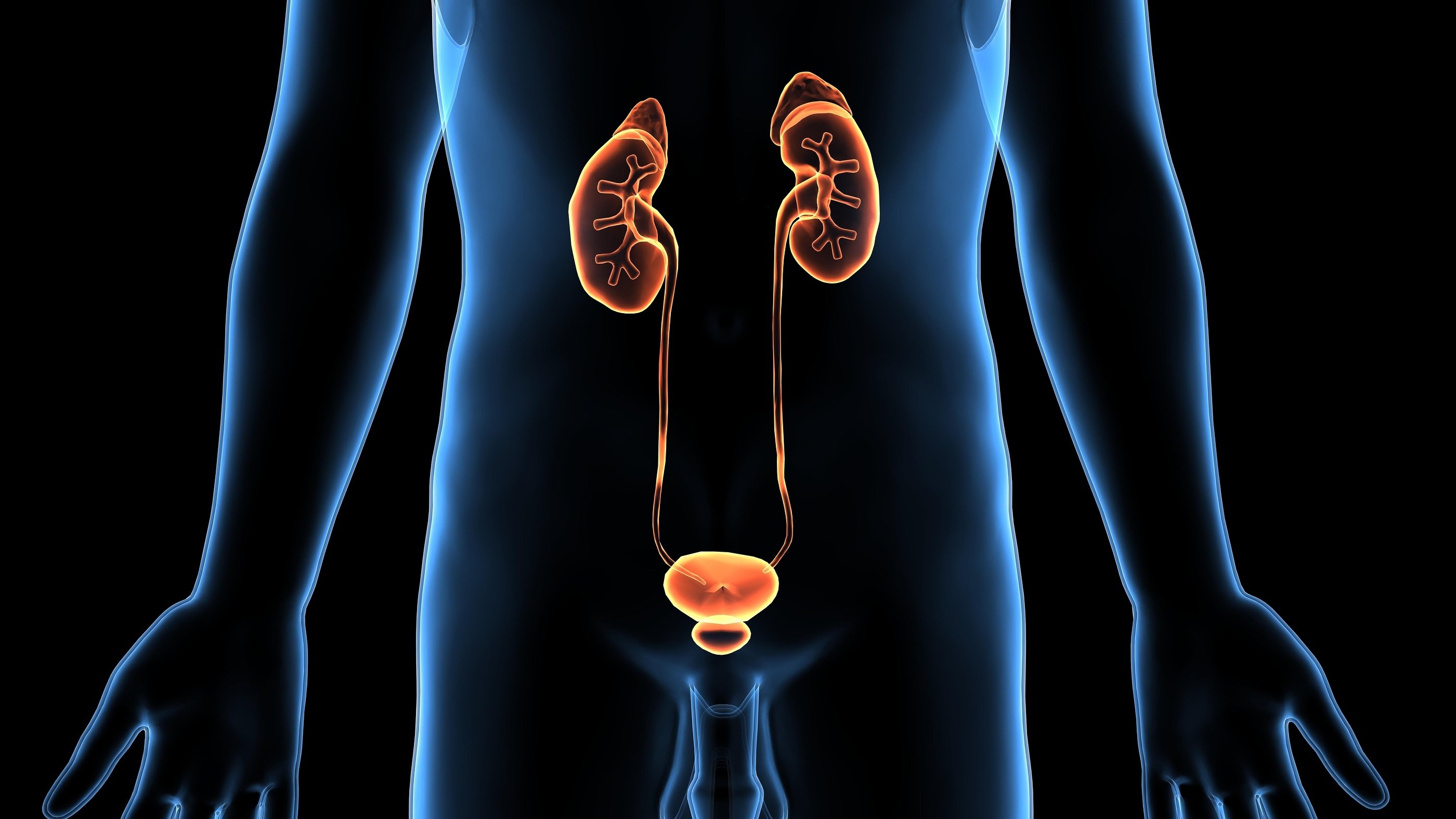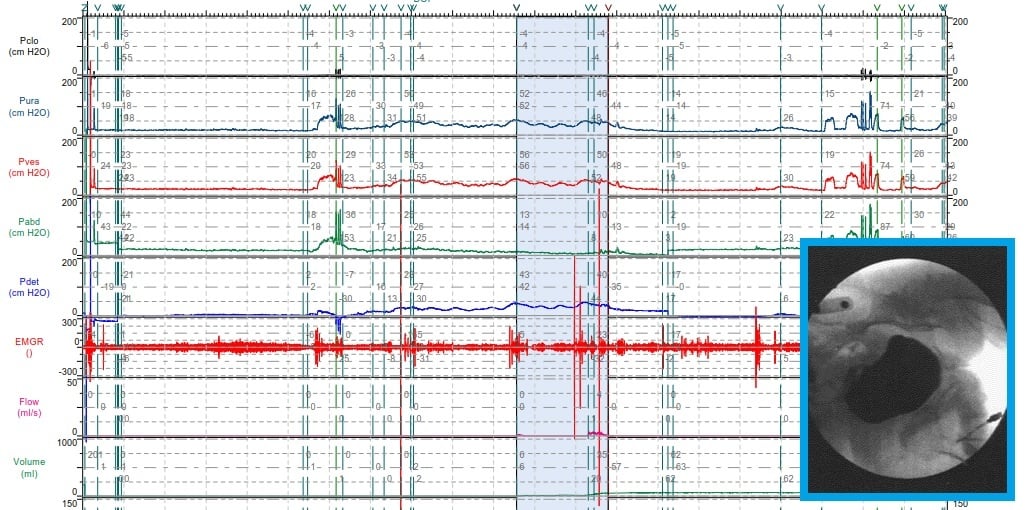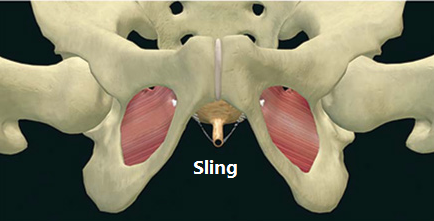Clark Love
Recent Posts
Topics: urodynamics interpretation
Video Urodynamics vs. Traditional Urodynamics: A Comparison
Although urodynamic testing has been an important tool in diagnosing disorders of the urinary tract1, the tests and techniques have undergone minimal changes in the past few years. One recent development that has changed the way urologists, primary care physicians, and gynecologists diagnose disorders of the bladder and urethra is video urodynamics. Here, video urodynamics and traditional urodynamics are compared.
Topics: urodynamics, video urodynamics
Bladder cancer is an increasingly common phenomenon, particularly among male smokers aged 55 and older. More than 70,000 Americans1 are diagnosed with bladder cancer yearly, and that number is expected to continue to rise. When detected early, bladder cancer is highly treatable with chemotherapy, radiation therapy, and surgery. Urodynamic testing is one way that bladder cancer can be detected when lower urinary tract symptoms are experienced.
Topics: urodynamics, Bladder Cancer
Urodynamics in Benign Prostatic Hyperplasia (BPH) Patients
One of the most prevalent prostate ailments in aging men is benign prostatic hyperplasia (BPH), also known as an enlarged prostate. Men over the age of 50 have a 50% chance of developing BPH, while 90% of men over 80 years of age have this problem. Urodynamics in benign prostatic hyperplasia (BPH) diagnosis will be discussed here.
Topics: urodynamics, Benign Prostatic Hyperplasia
Sling Procedures are not a new phenomenon; after all, the original Sling Procedure was performed in 1907 by Von Giordano utilizing a gracilis muscle graft around the urethra. Since then, a number of improvements have been made to the Sling Procedure, particularly in the past 15 years. Sling Procedures over the last decade will be summarized here.
Topics: urinariy incontinence, incontinence
Air Charged and Water Charged Urodynamic Catheters – A Comparison
Urodynamic1 testing involves a series of tests that measure the functioning of the lower urinary tract in men and women. It is the gold standard for diagnosing issues related to urine leakage, frequent urination, painful urination, difficulties starting a urine stream, inability to completely void the bladder, and recurrent urinary tract infections.
Topics: urodynamic catheters
10 Things a Patient Should Do Before a Urodynamics Test
If you are a healthcare provider and are looking to improve your urodynamics testing operations, please click the link below. (You must be afficliated with a hospital or medical practice to reveive the white paper.)
A patient undergoing a urodynamics test may experience anxiety and uncertainty towards his or her upcoming appointment. The following are 10 things a patient should do before a urodynamics test. (Note: the below are general recommendations. Any patient reading this should consult with their health care provider for specific recommendations.)
Topics: urodynamics
For complicated cases of Interstitial Cystitis, urodynamics testing may be recommended. What is urodynamics and interstitial cystitis? How are urodynamics tests performed, and for whom are they recommended? The answers to these questions will be discussed here.
Topics: Urodynamics Testing, urodynamics, interstitial cystitis
The consequence of incontinence extends far beyond embarrassment. Around 13 million people in the U.S. have been diagnosed with incontinence, according to the Agency for Healthcare Research and Quality. While older age increases the risk of this condition, there are a wide range of factors that can cause this problem in younger persons. Meanwhile, women are much more likely than men to experience incontinence, per the Centers for Disease Control.
Topics: urodynamics, urinariy incontinence, incontinence
Urodynamics Testing Backlogs – What to do about them
We are in the market daily talking to practices that utilize urodynamics. We regularly encounter practices that have a large backlog of urodynamics patients waiting to be tested. Just this week one large urology practice approached us about their problems with a three month backlog of urodynamics patients. Backlogs often occur because of staff and/or equipment issues. We were able to craft a solution to eliminate their backlog quickly and efficiently, and we thought it would be prudent to write about it.
Topics: urodynamics, urology












